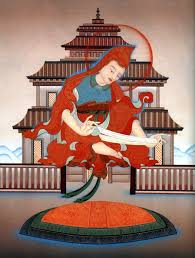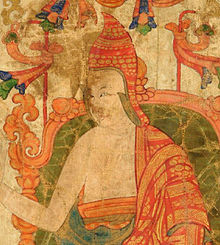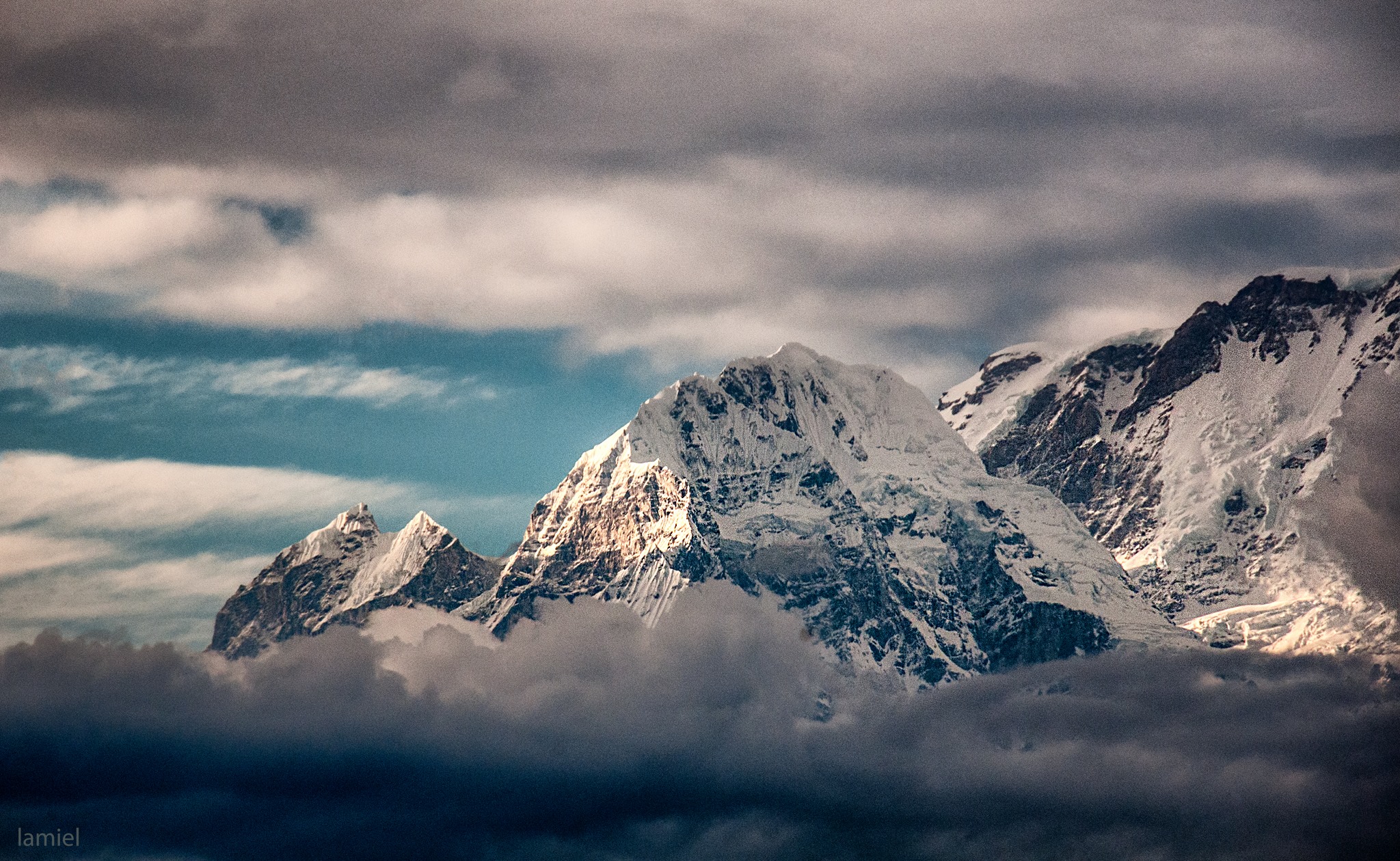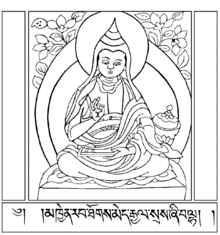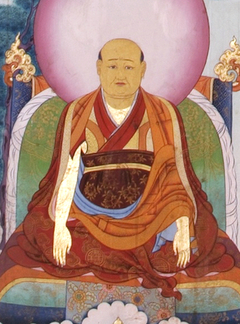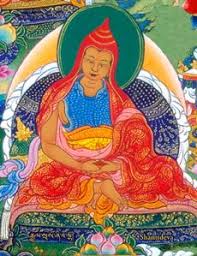
Shantideva
Shantideva (8th century) was the Indian source for the bodhisattva teachings found in all traditions of Tibet, especially regarding the practice of the six paramitas (the six perfections).
Shantideva was born in the eighth century as the son of the king of a land in the Bengal region of East India. When he was about to ascend to the throne, he had a dream of Manjushri, who said, “The throne is not for you.” Heeding Manjushri’s advice, he renounced the throne and retreated to the jungle. There he met and studied with various non-Buddhist gurus, meditated intensely and achieved advanced states of absorbed concentration. But, as was the case with Shakyamuni, he realized that withdrawing into deep states of concentration did not eliminate the roots of suffering. Relying on Manjushri, he eventually had actual visions of this embodiment of the wisdom of all the Buddhas and received teachings from him. Continue reading
